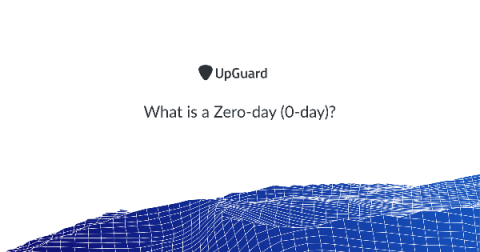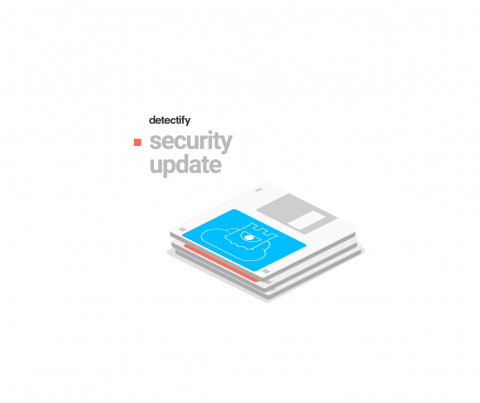What is a Zero-day (0-day)?
A zero-day (0-day) is an unpatched security vulnerability that is unknown to the software, hardware or firmware developer, and the exploit attackers use to take advantage of the security hole. In general, zero-day refers to two things: Zero day gets its name from the number of days that a patch has existed for the flaw: zero. Zero-day threats represent significant cybersecurity risk because they are unknown to the party who is responsible for patching the flaw and may already be being exploited.






